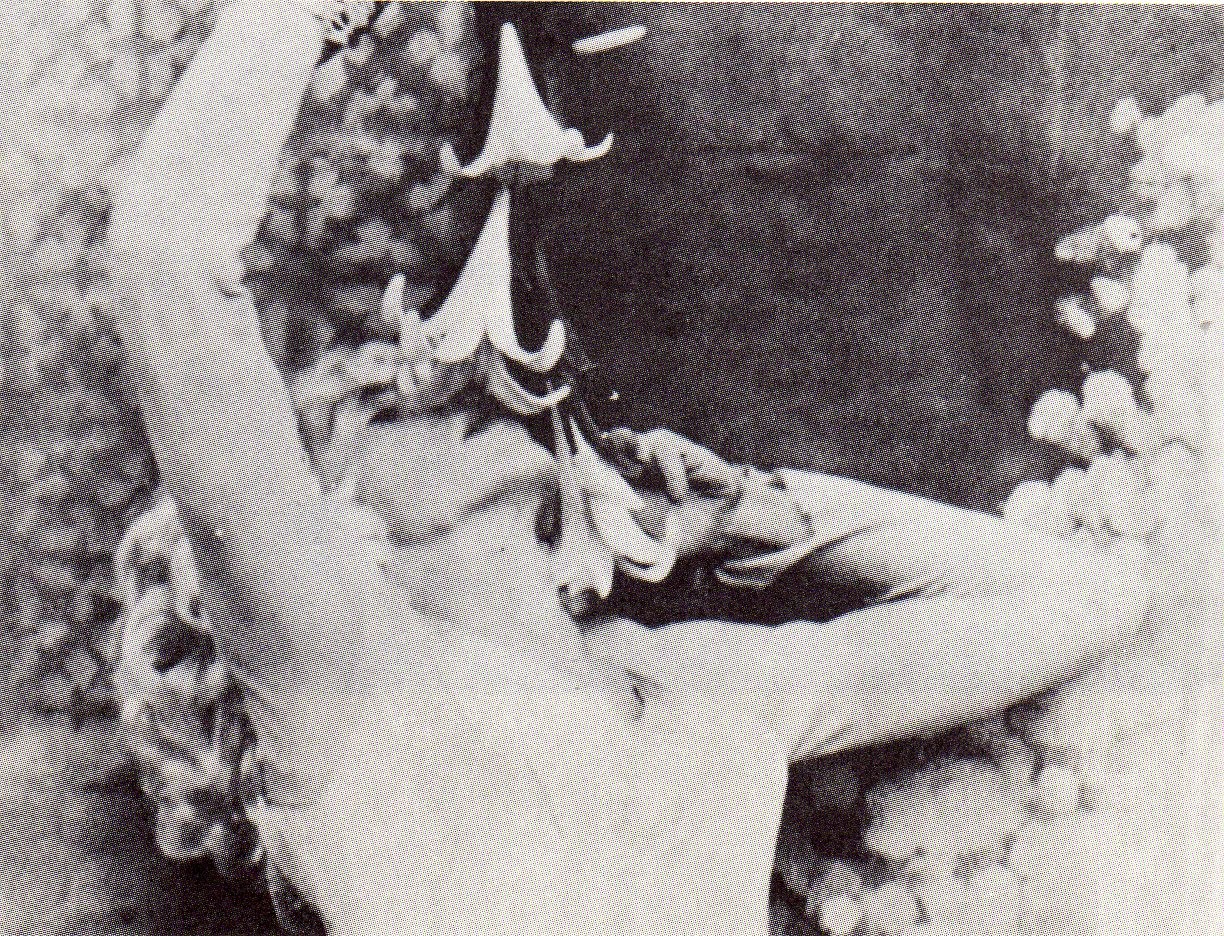
Counter-Culture / Counter-Cinema: "Flaming Creatures" and "No President"
Films
Description
The fifth installment of “Counter-Culture / Counter-Cinema” focuses on the work of Jack Smith, whose polymorphously perverse performances and ignominious transgressions of social, political, and institutional decorum made him both a pioneer and a pariah in avant-garde artistic circles.
Known for taking inspiration from Hollywood’s aesthetic opulence (above all, films by Josef von Sternberg and Erich von Stroheim) and critiquing the capitalist infrastructure upon which Los Angeles’ dream factory was built, Smith’s uncategorizable output hijacked the cinematic apparatus in order to devalue its conventional commodity status and open new horizons of sociopolitical redemption rooted in the ephemerality of experience. At a time when violent sexual desire as well as the oppression of non-normative sexualities characterizes daily life in the U.S., and transgressive satire appears to have lost its bite, Jack Smith’s fragmentary, disturbing, and anti-commercial cinematic praxis demands to be understood anew.
Film critic and Smith scholar Jim Hoberman gave a talk to introduce the program and lead a Q&A afterwards.
About FLAMING CREATURES (1963) by Jack Smith:
"Storm Thurman organized and showed what they used to call these things, short, I mean you know like, there was a name for this little hardcore film that used to show on 42nd street or you know, elsewhere. So they showed some of those and got the print of Flaming Creatures that has been confiscated in aIl boroughs and they included that in the festival, so some of the senators had to see this. One of the senators said the best comment about Flaming Creatures, there were six senators and I know who the six senators were, but I don’t know which one. He said to the press, 'That movie was so sick and I couldn’t even get aroused.' Which is I think this was the most interesting things that one could say about the movie.
I would say that this movie is queerer than queer, I mean once you’ve started thinking about what’s going on in there, but this is something else to discuss, but I want to say that there are still some things in this movie which people find disturbing even 50 years later.
I mean, one is obviously the rape scene and you know when this movie was showing in Europe for the first time, people thought it was a documentary, like what’s going on in New York, and they are not entirely wrong because you cannot tell, I mean it is in some way, there is a rape scene which is still disturbing and the other thing is the... (MM Serra, the Executive Director of Film-makers’ Cooperative continued, 'It’s just fantastic because Tony Conrad put the screams on it, I read it somewhere that Jack Smith thought that the screams make the film more violent and that he wanted to be an orgy, not a rape').
I’m wondering for this movie whether you have to give people warning, even now to show this movie in class, I don’t know, I mean I’m curious what people thought. Those senators thought it was gonna be fun, so I think that kind of was speaking the truth. The other thing that people aren’t disturbed why is... the umm...what I will call “the total absences of a crap”—the other hostility to everything that anybody ever thought could be a good movie, which is a really one of the greatest things or maybe the single greatest thing about it. Just throws every rule out the window. When MM Serra mentioned Tony Conrad, I think that Tony Conrad should be the co-creator of this movie. He is also in it, in the big scene at the end.
When the film was first restored, because this is what it looks like, it was shot in outdated stock, edited in the bath tub with the razor. I mean, nothing is match, things are over exposed. Jack, who did the camera work, he was like waving the camera around. So all these things are gonna be in, no matter what. There wasn’t attempt to like make it a more normal print when real press briefly distributed it.
When we first showed it at the New York Film Festival on the bill with John Grisham’s movie, these people were horrified. They thought the crafts was horrifying. Also the other filmmakers, John Grisham’s and his crews, they were so embarrassed to show their movie. Ken Jacobs, who was in the audience, had to get up and said, 'This is what it looks like folks.'
By the time this movie got to the supreme court, Jack Smith had really lost control over what was happening. It was being shipped to all over the place. He took the whole thing badly. He couldn’t think why the film was banned. He said something, I’m paraphrasing him, he couldn’t understand why this movie that he intended to be a light comedy became like sex issue of the cocktail world. This is not what he wanted. He immediately had gone into during this kind of like enchanted summer of 1963 when Flaming Creatures was still working its way like the toast of New York and the crowds were getting bigger and younger and more excited about it. He got money from Jonas who got it from Jerome Hill to make a color movie which is known as Normal Love. The footage for this, it’s absolutely beautiful footage. I mean, maybe some of you have seen it, but it was never finished. I mean, he would show his rushes for awhile and then he just stopped showing it in that form. The thing is, he never completed another movie after Flaming Creatures. He continued to shoot movies, but he never finish the movie."
As told to the audience in Charles S. Cohen Screening Room at Film-makers’ Cooperative.
Camera by: Coleen Fitzgibbon
Sound & editing by: Ladya Cheryl

